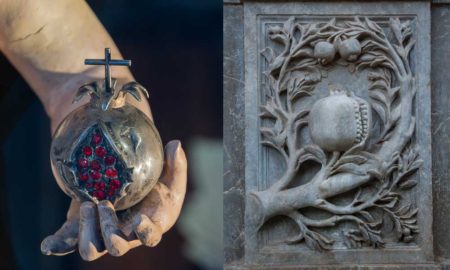As predicted a few days ago, here’s Dr Mike Jackson’s report on that 2 June meeting on plant genetic resources organized by doctoral students at the School of Biosciences, University of Birmingham.
When I was asked to contribute a paper I had to think hard and long about a suitable topic. I’ve always been passionate about the use of plant genetic diversity to increase food security. I decided therefore to talk about the value of genebank collections, how that value might be measured, and I provided examples of how germplasm had been used to increase the productivity of both potatoes and rice.
If you have your own examples, leave a comment on Mike’s blog.
